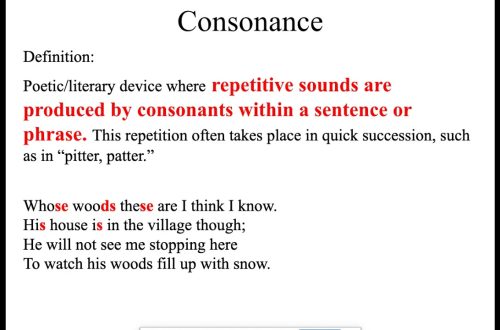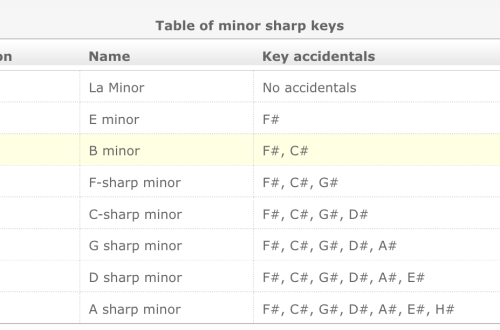
Intervals in music
Contents
Musical interval is the definition of the ratio of sounds of different pitches. If the interval is formed within one octave, it is simple.
The exception is the tritone: this is not a simple interval, although it was created within one octave.
Harmonic and melodic intervals
Melodic interval is the playing of two notes in succession, harmonic interval is the playing of two notes at the same time. The first type is used to create a melody, which is a series of intervals. Musical harmony is based on the second form.

Among the melodic intervals are distinguished:
- Ascending – the interval from the lower sound to the upper one.
- Descending – movement from the top sound to the bottom.
The role of intervals in music
They are used to build a melody and give it expressiveness. Thanks to the intervals, an enharmonic replacement of one or both sounds occurs. The combination of metrorhythm and interval forms intonation. Halftone or tone intervals are small, so when they are combined, frets are formed . Chords are formed from wide intervals .
Thanks to the intervals, the quality of the chord becomes clear : major, minor , increased or decreased.
Spacing Properties
Musical intervals are divided into 2 main groups:
- Consonances are intervals with a harmonious and harmonious sound.
- Dissonances are sharp-sounding intervals in which sounds do not agree with each other.
Consonances are divided into three groups:
- perfect – pure fifth and fourth;
- imperfect – major, minor thirds and sixths.
- absolute – pure prima and octave .
Dissonances belong to:
- seconds;
- sevenths.
Interval names
These are Latin words – numerals, which indicate the property of the interval and the number of steps it covers. There are 8 intervals in music:
- Prima.
- Second.
- Third.
- Quart.
- Quint.
- Sixth.
- Seventh.
- Octave .
In the records, the intervals are indicated by numbers, since it is more comfortable this way: the sixth is written down as a six, the fourth – as a four.
Depending on the tone, there are:
- Pure – these include prima, quart, fifth and octave .
- Small – seconds, thirds, sixths, sevenths.
- Large – also seconds, thirds, sixths, sevenths.
- Reduced.
- extended intervals.
To characterize the tone, the indicated words are attached to the name of the interval: major third, pure fifth, minor seventh. On the letter, it looks like this: b.3, part 5, m.7.
Answers on questions
| How to distinguish intervals? | Logic and sound will help to remember each interval. In the prime, one sound is repeated; the sounds of the second are dissonant with each other; the third is harmonious: its two sounds are harmoniously combined; the fourth has a slightly tense sound; the fifth is distinguished by the saturation of the sound; the sixth sounds harmoniously, like a third, but the sounds are perceived remotely; in the seventh, sounds are far away, but dissonant with each other; An octave suggests a harmonious fusion of two sounds. |
| How many musical intervals are there? | eight |
| How to build intervals on the piano? | You should perform exercises on the instrument and memorize not the notes that build the interval, or its name, but the sound itself. |
Recommended video to watch
Summary
Intervals are the building blocks of music. There are melodic and harmonic intervals, consonances and dissonances . There are 8 intervals: in order to study them, you should remember the principle of the sound of each of them.





